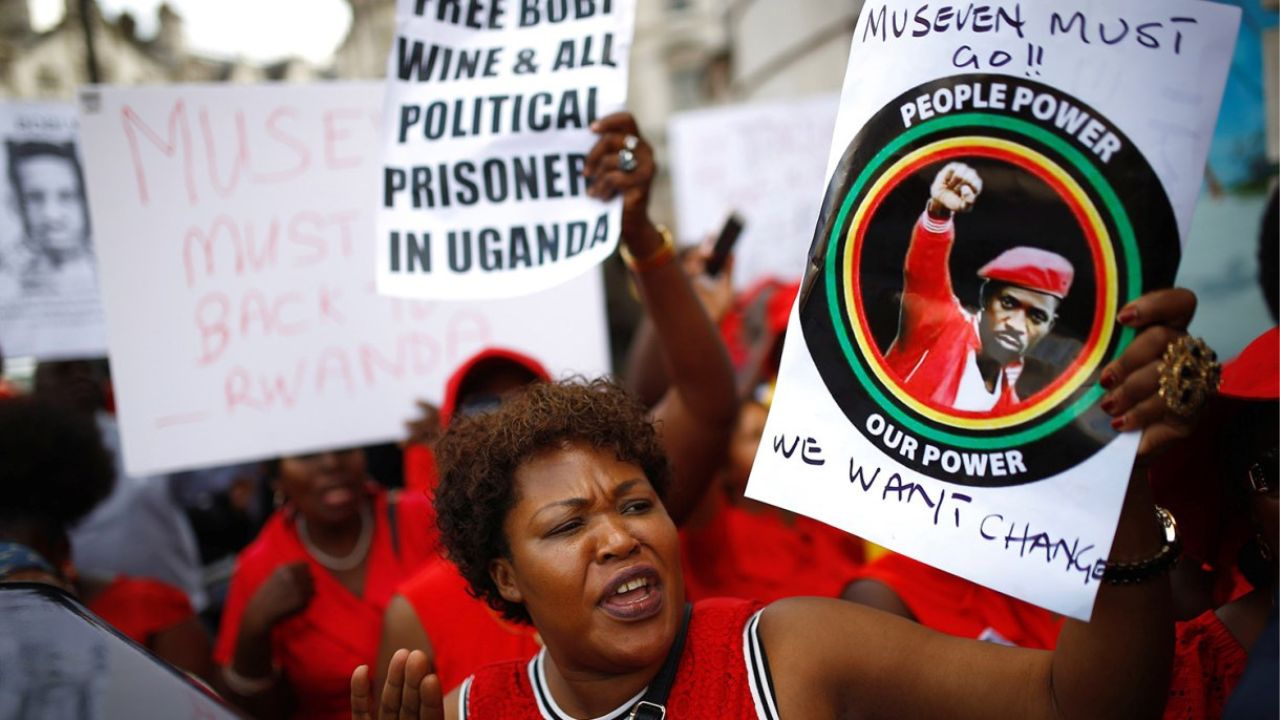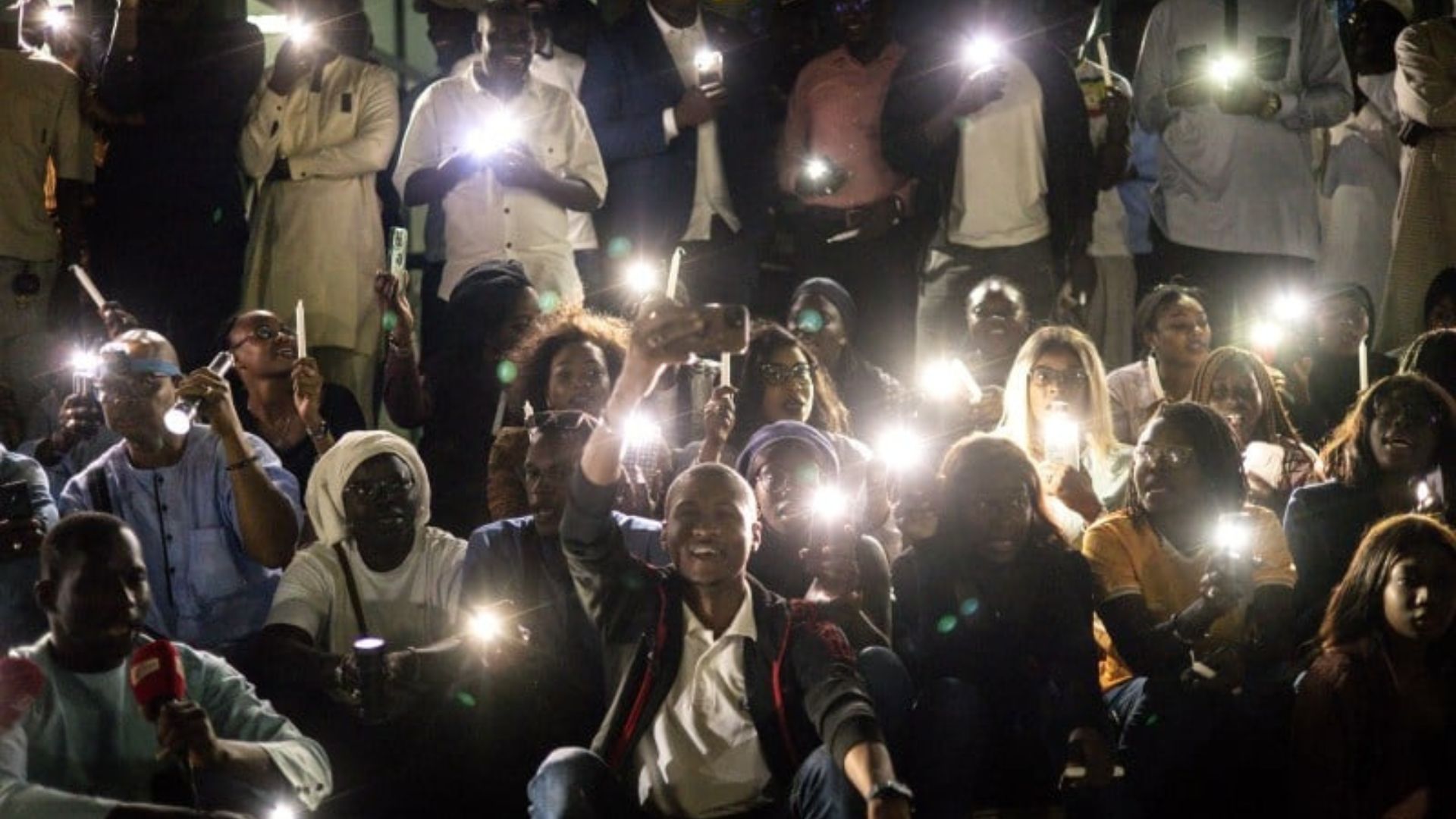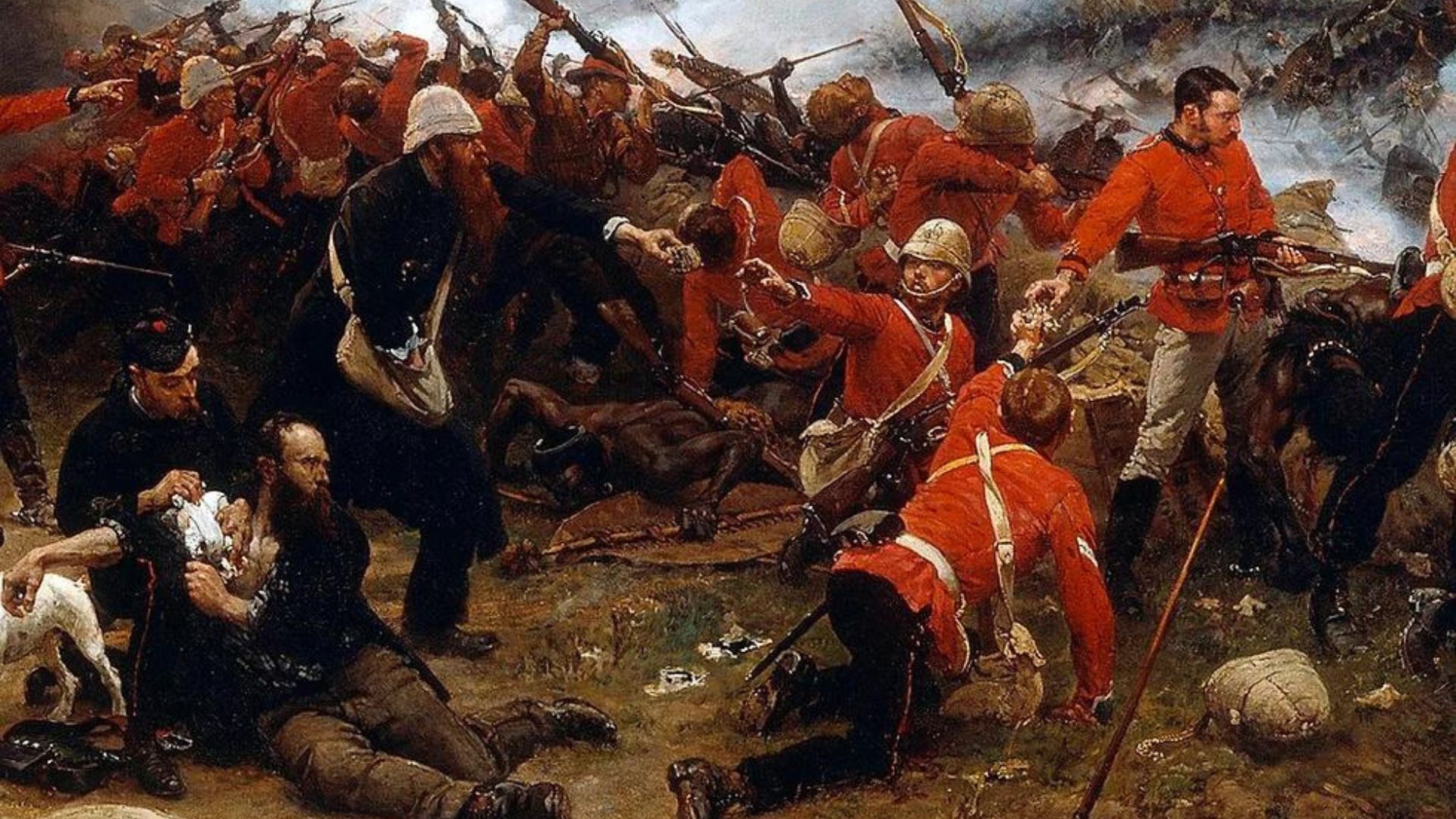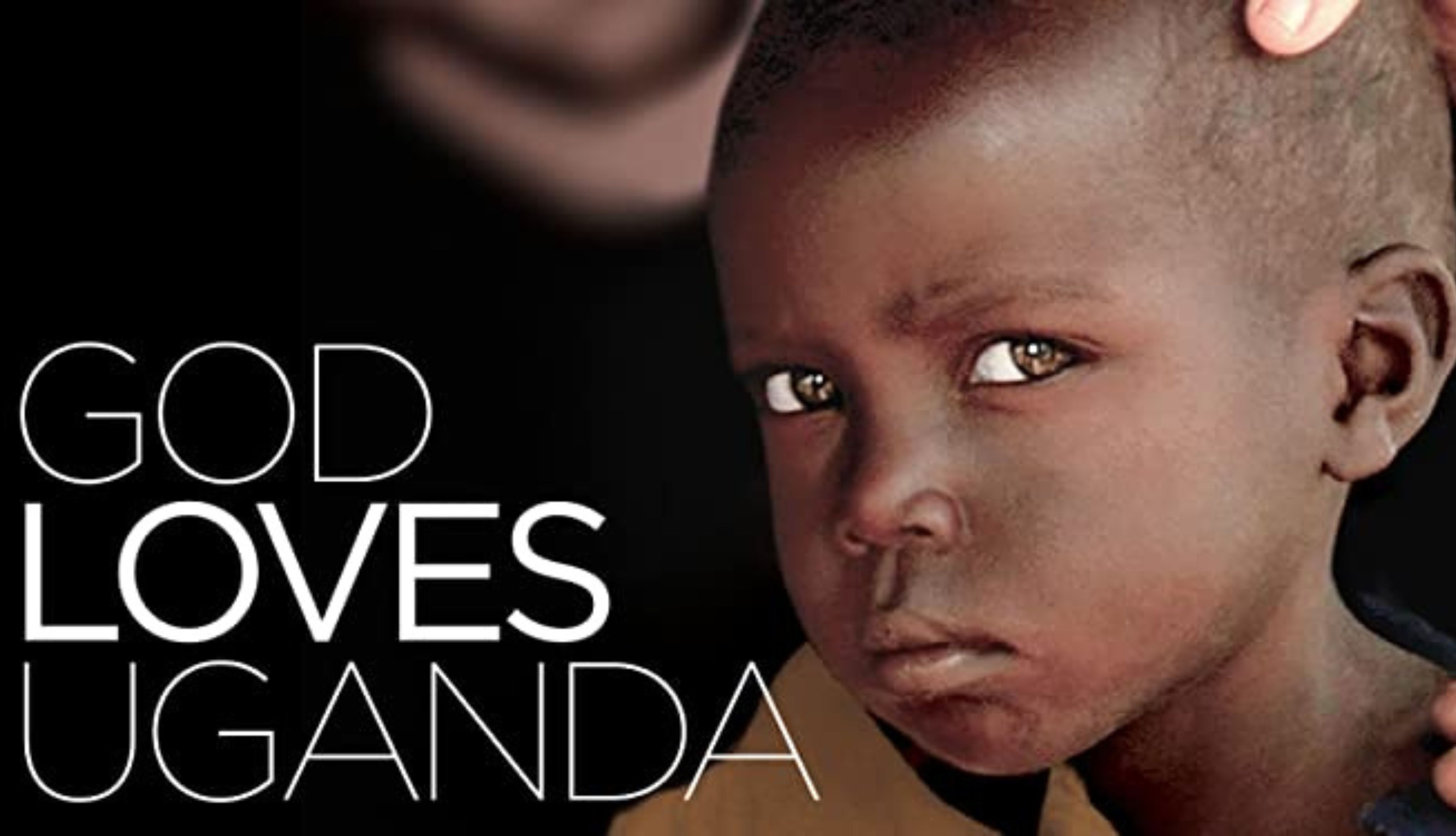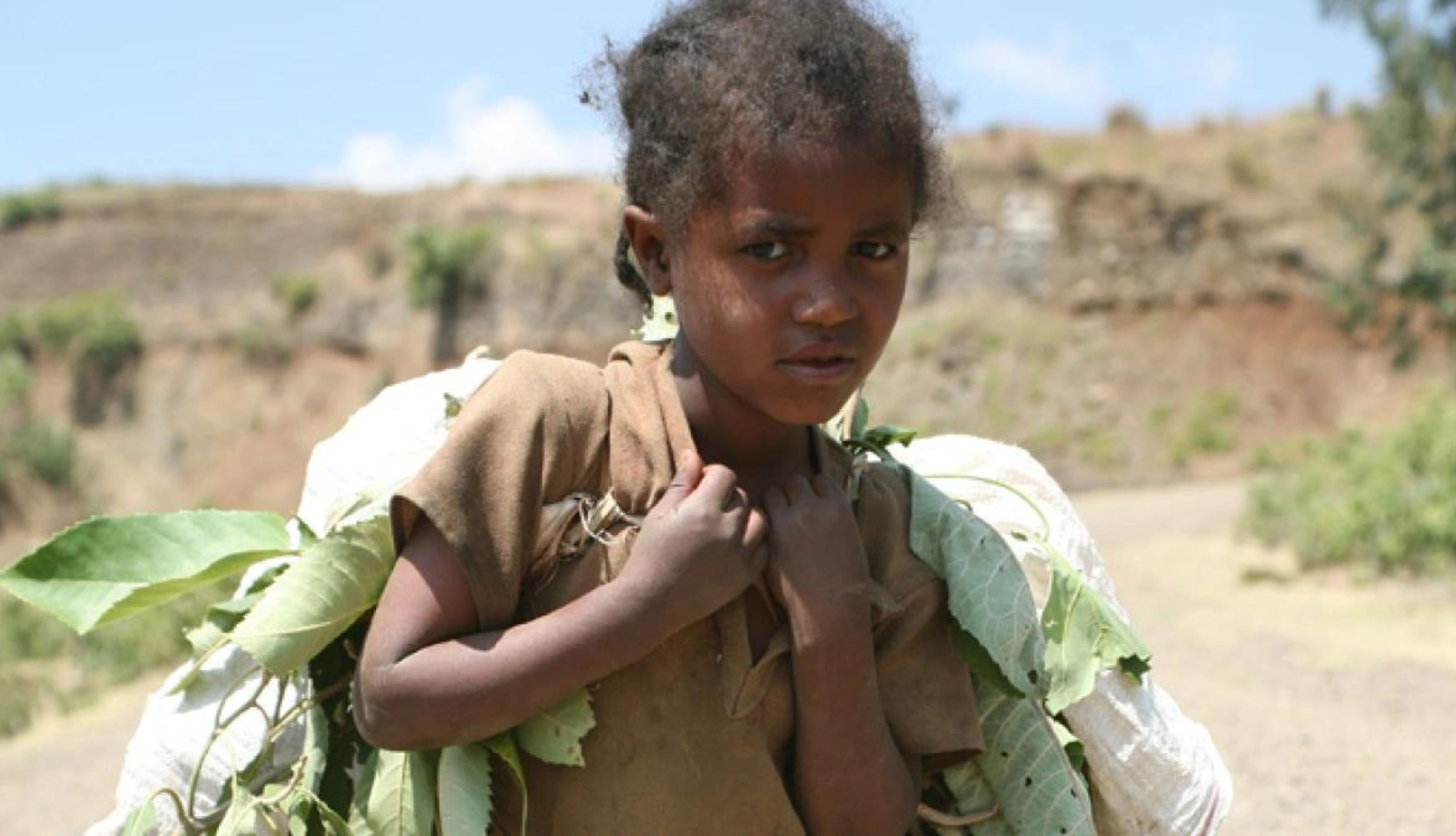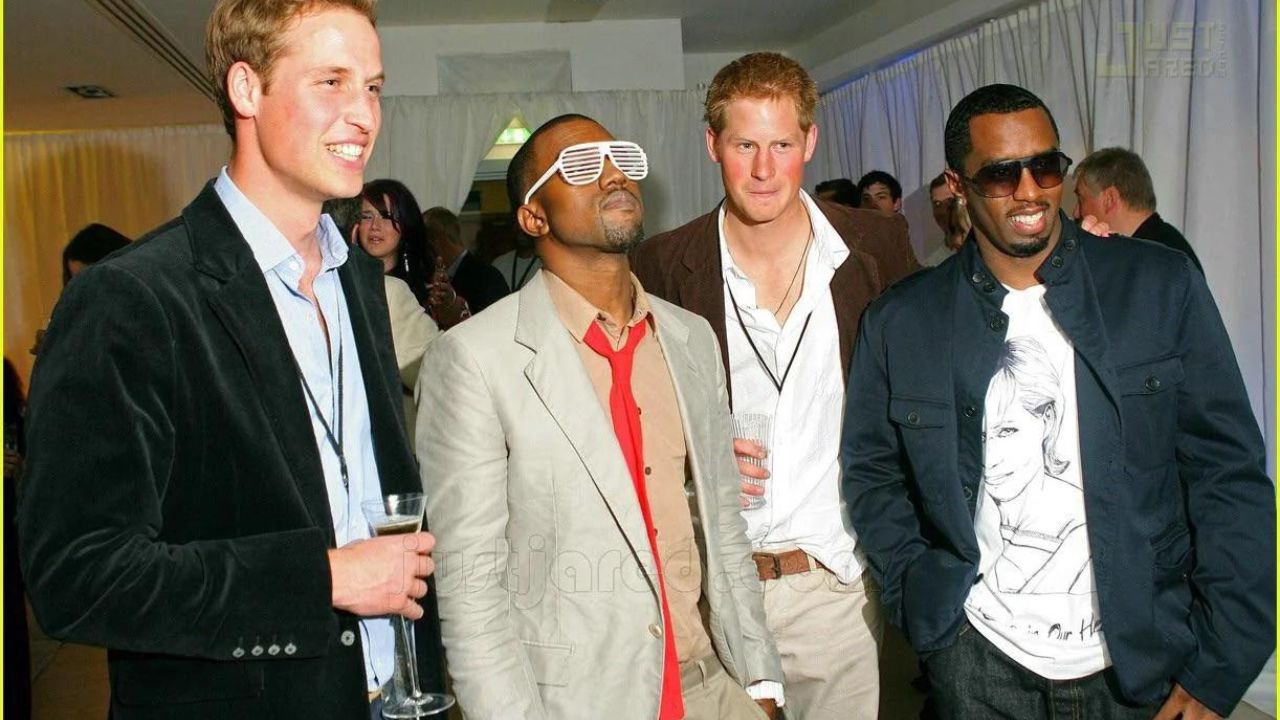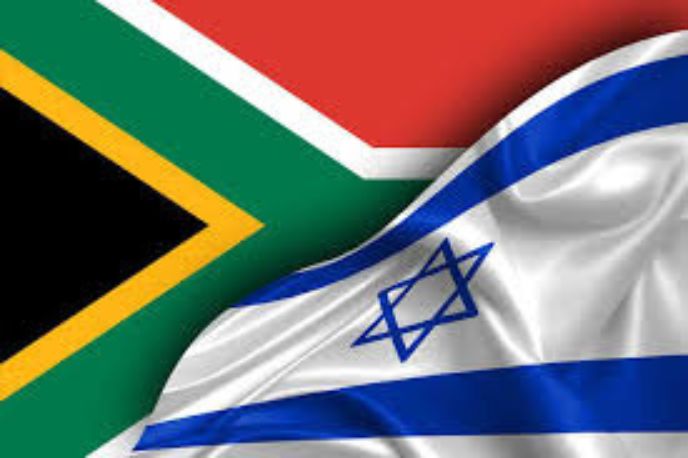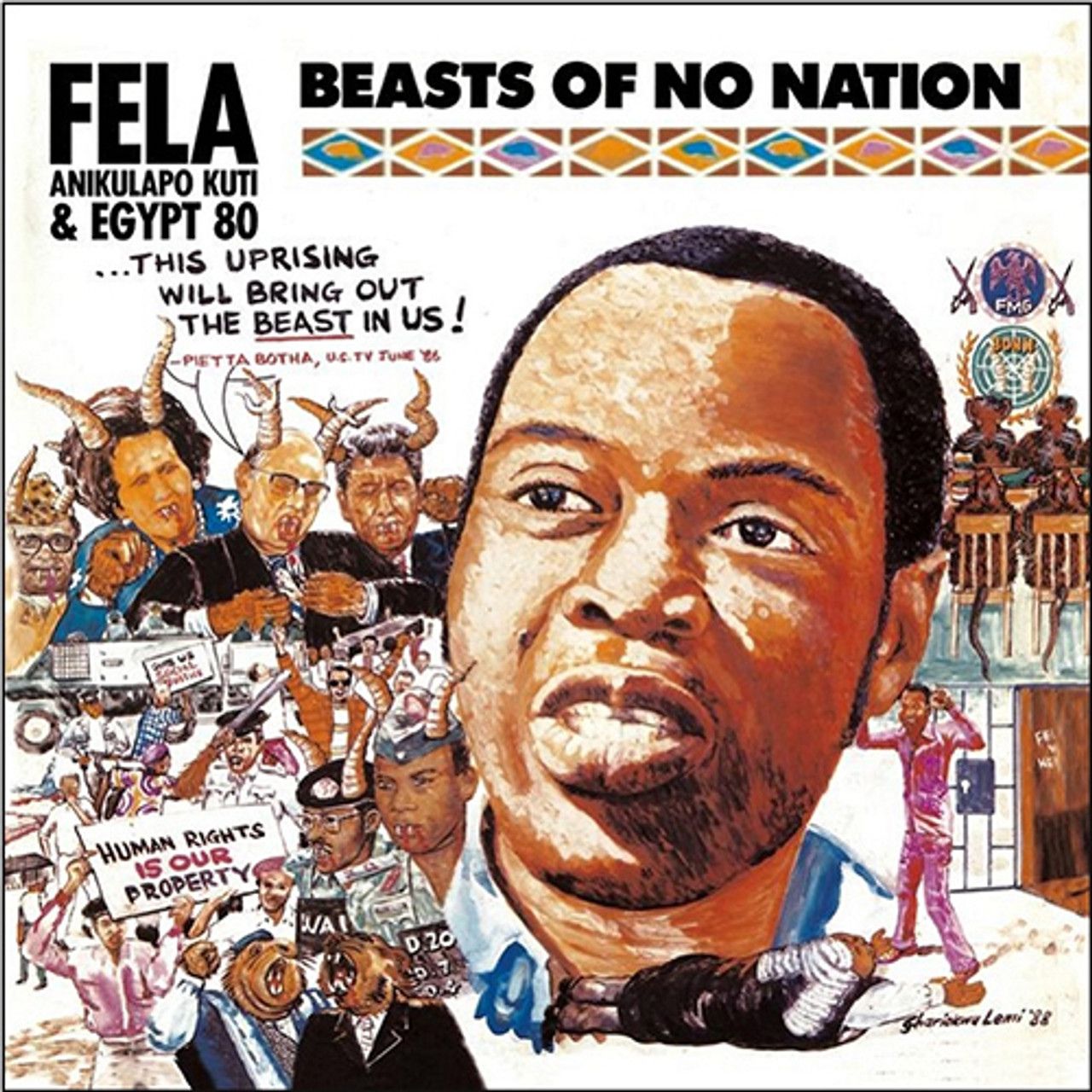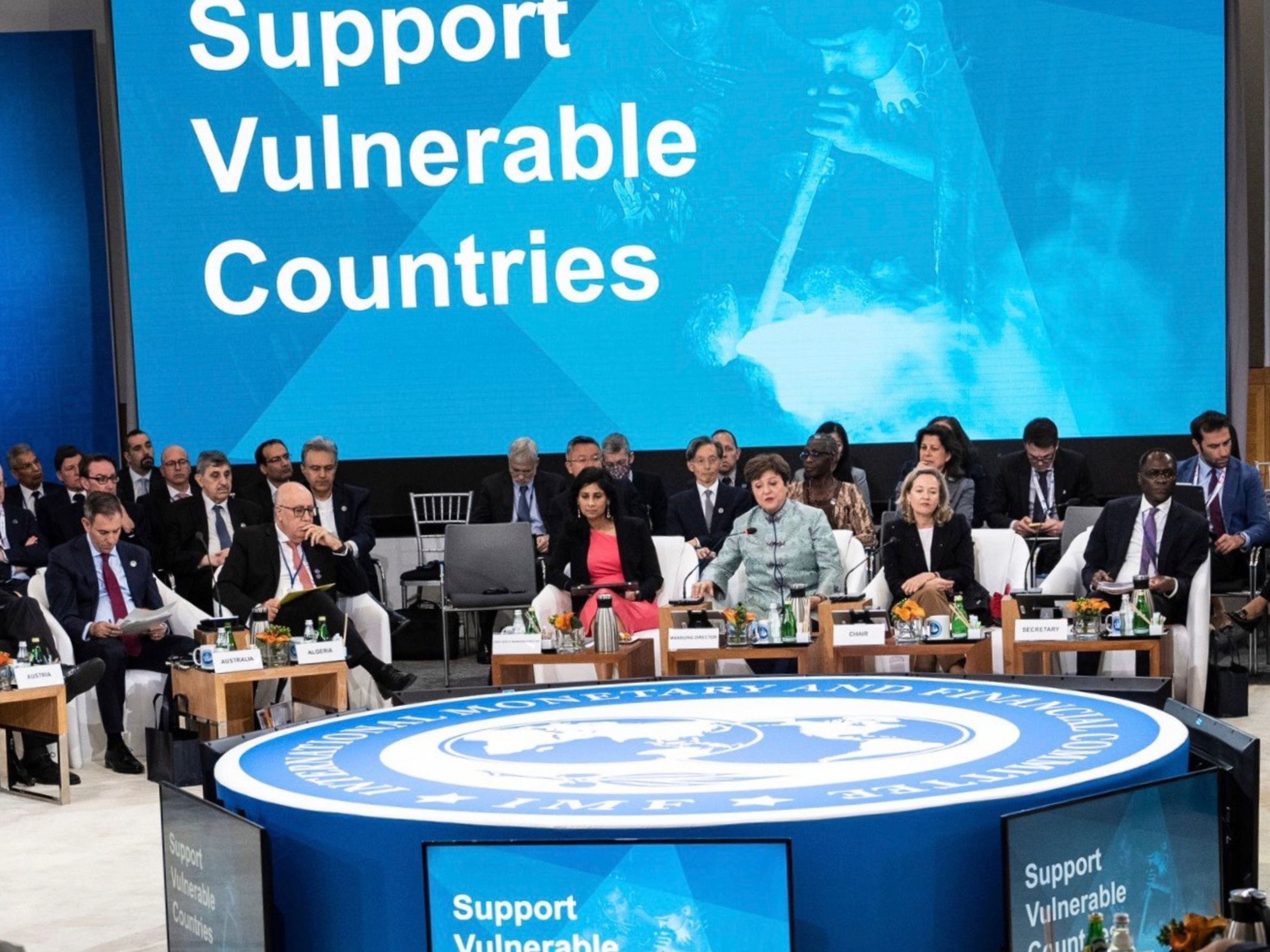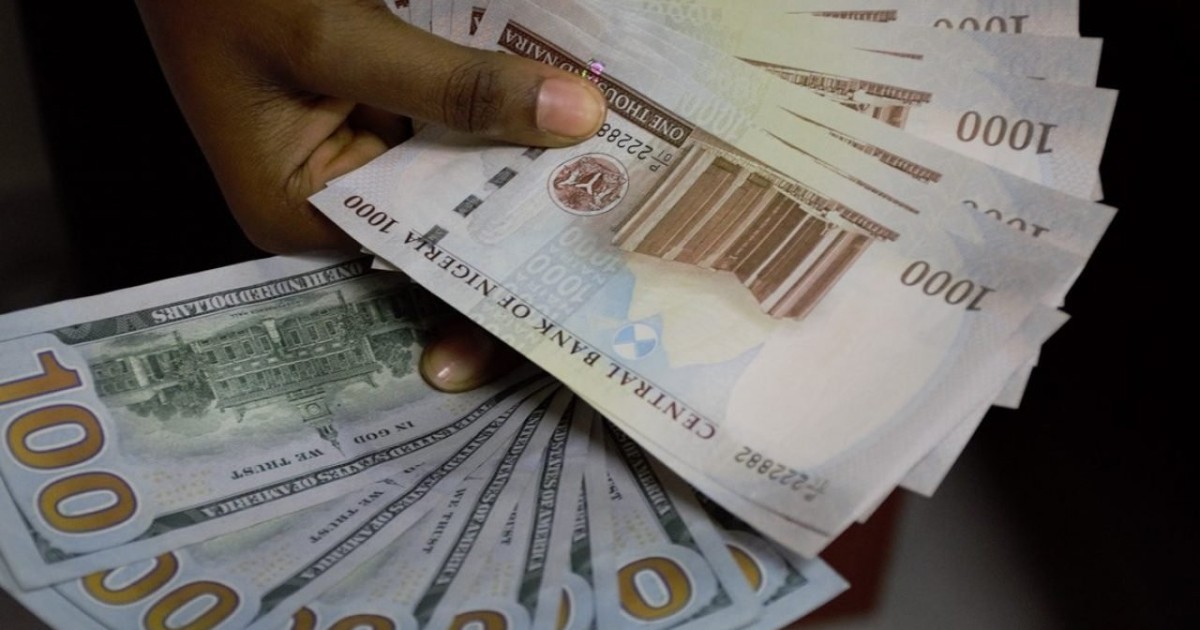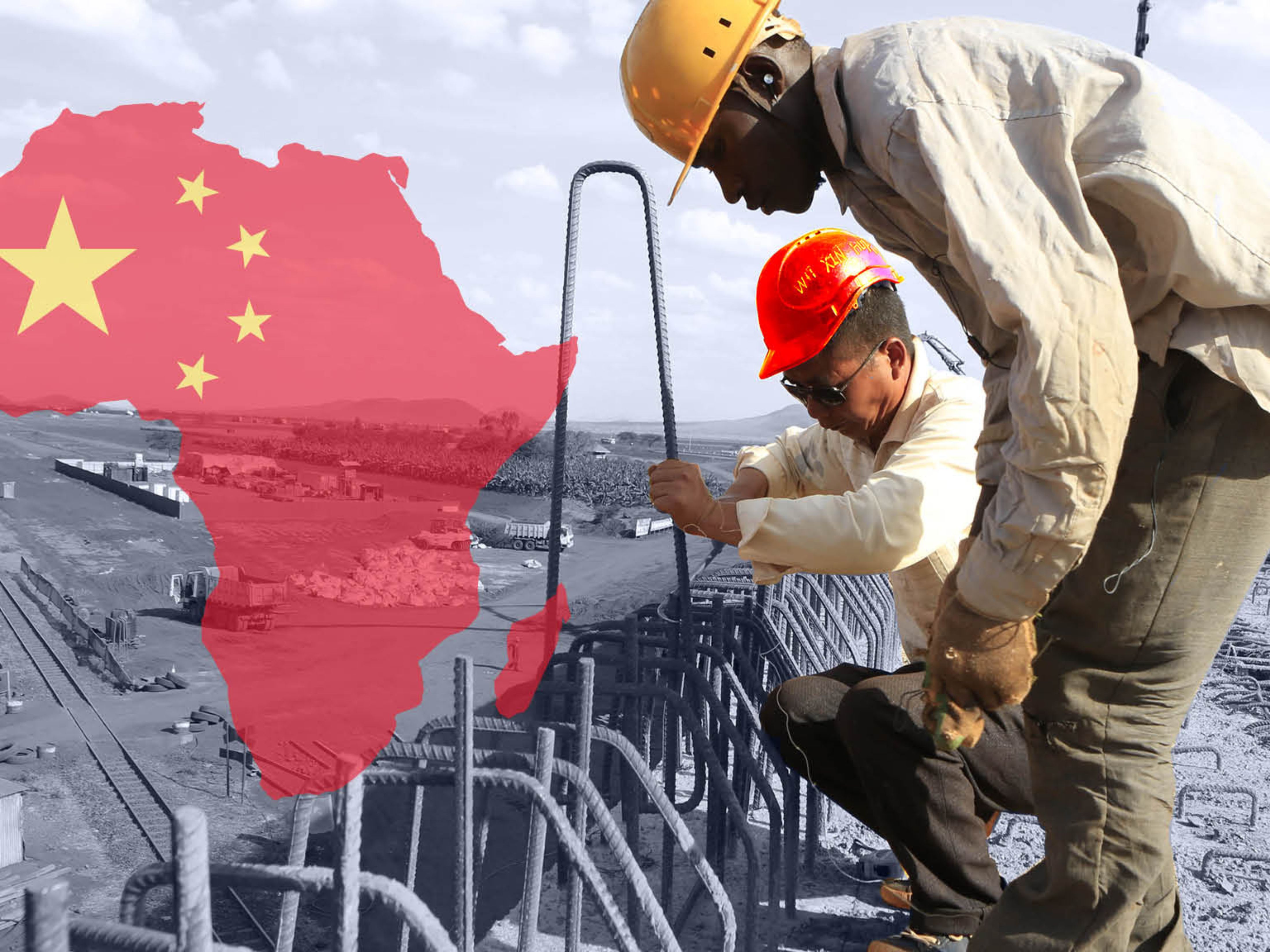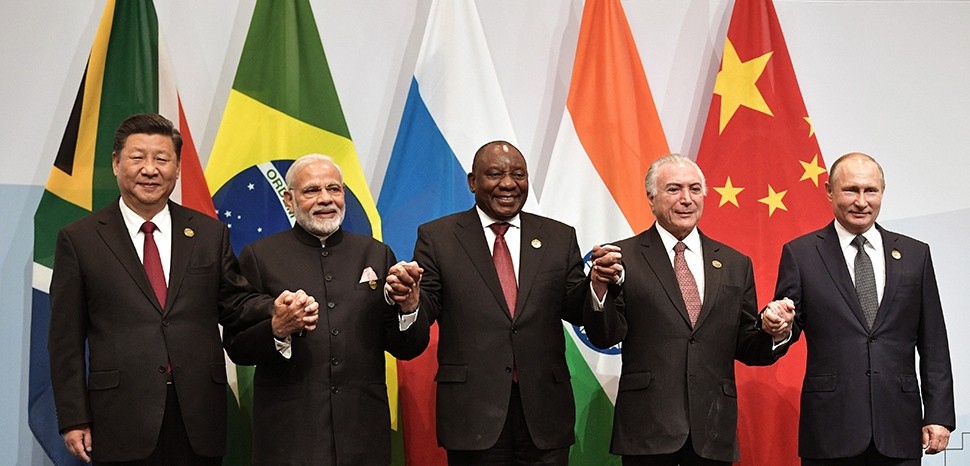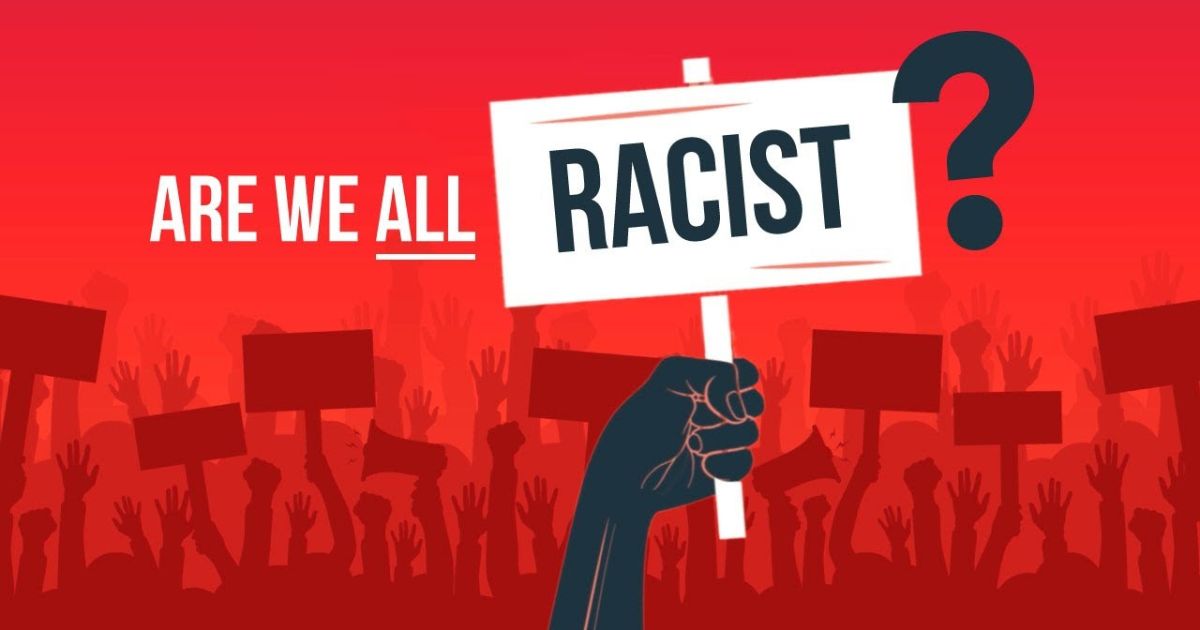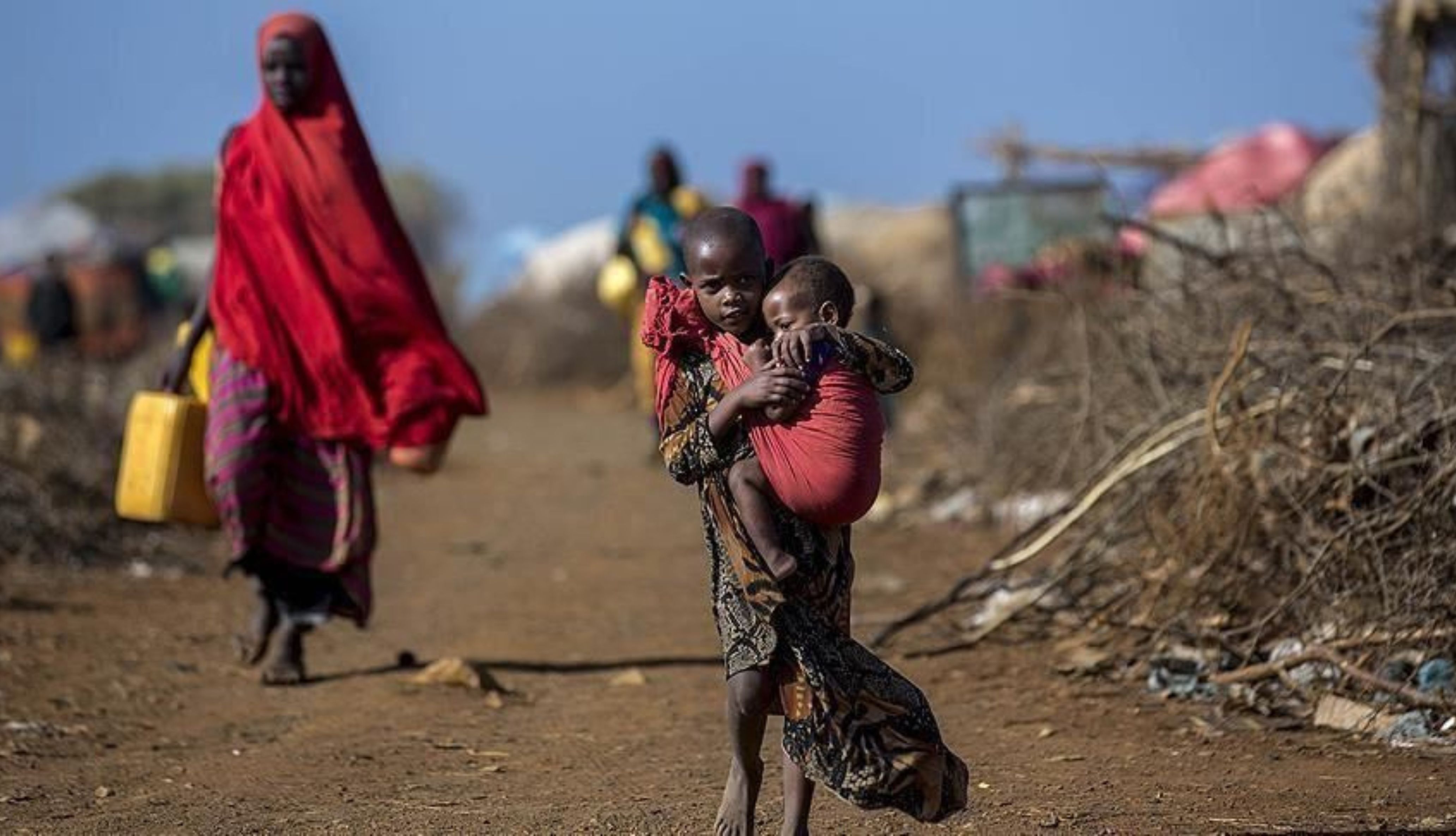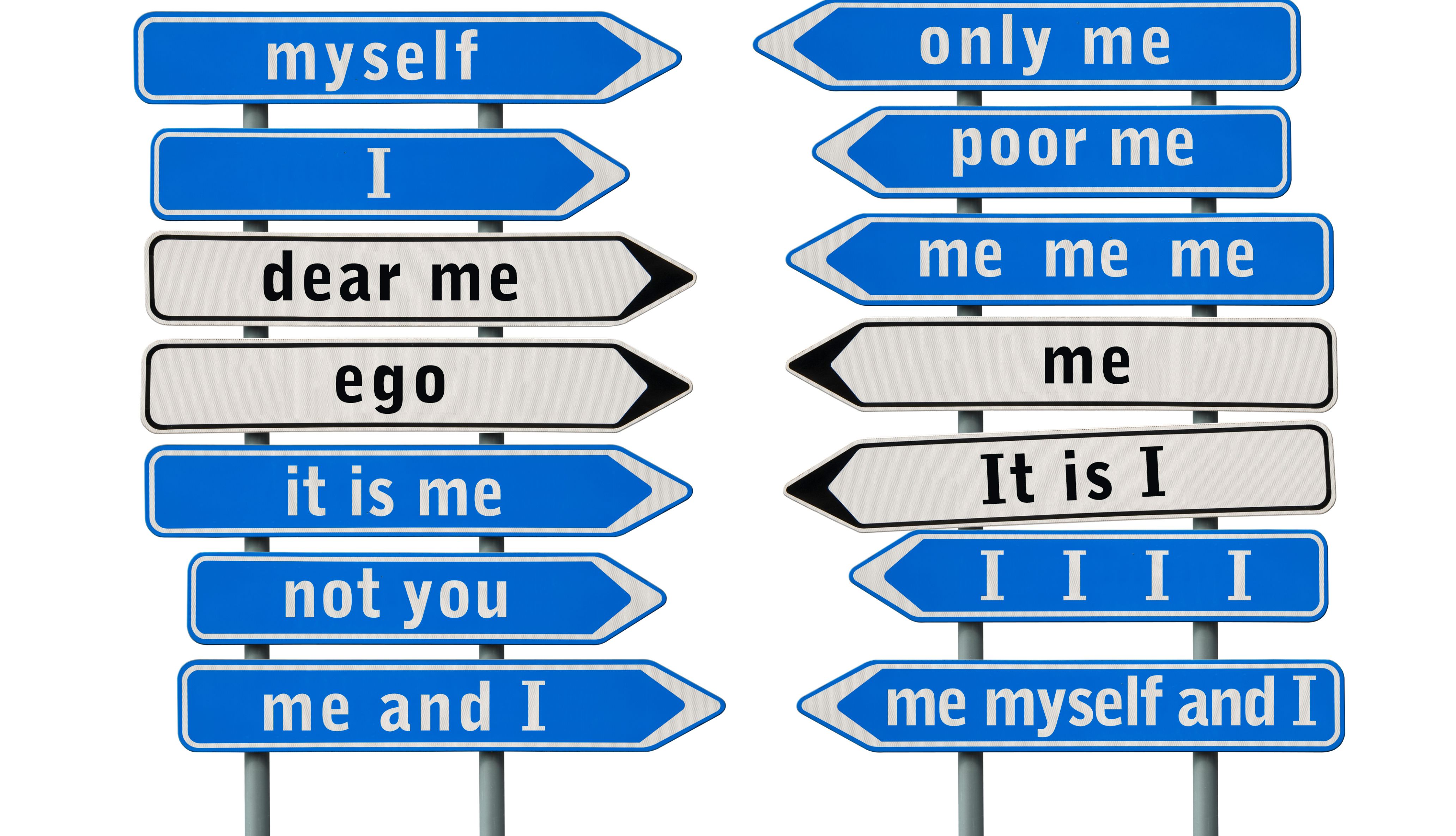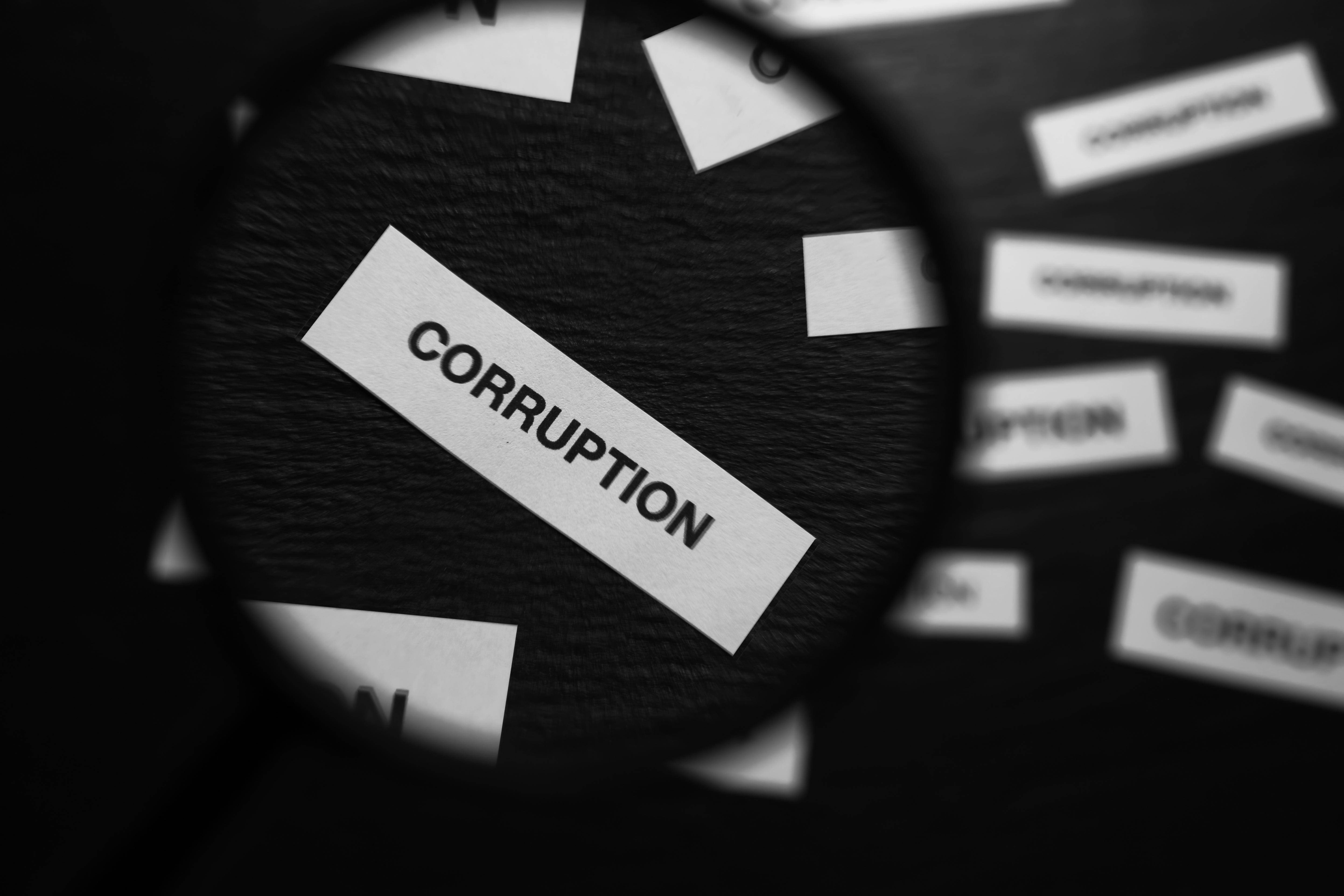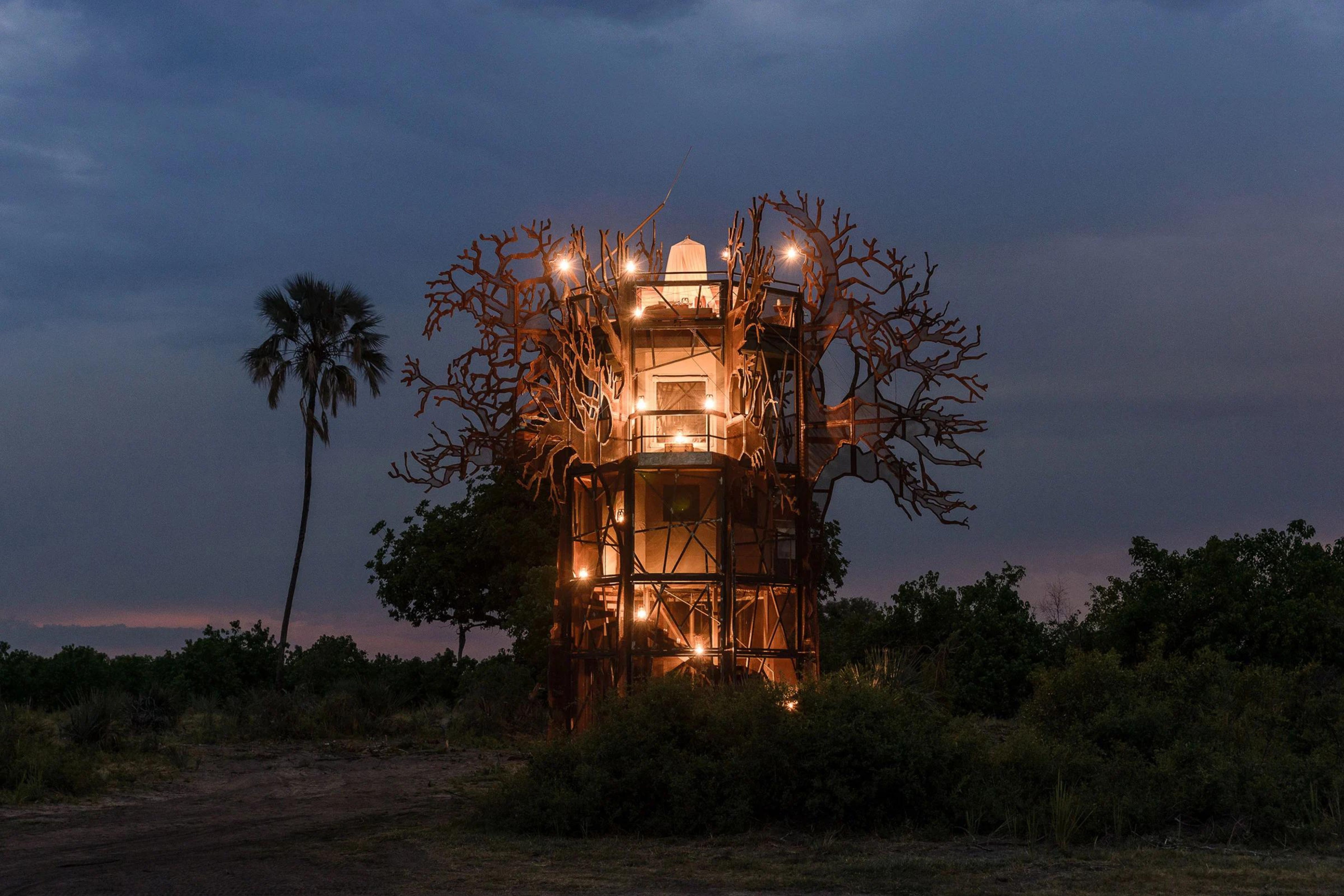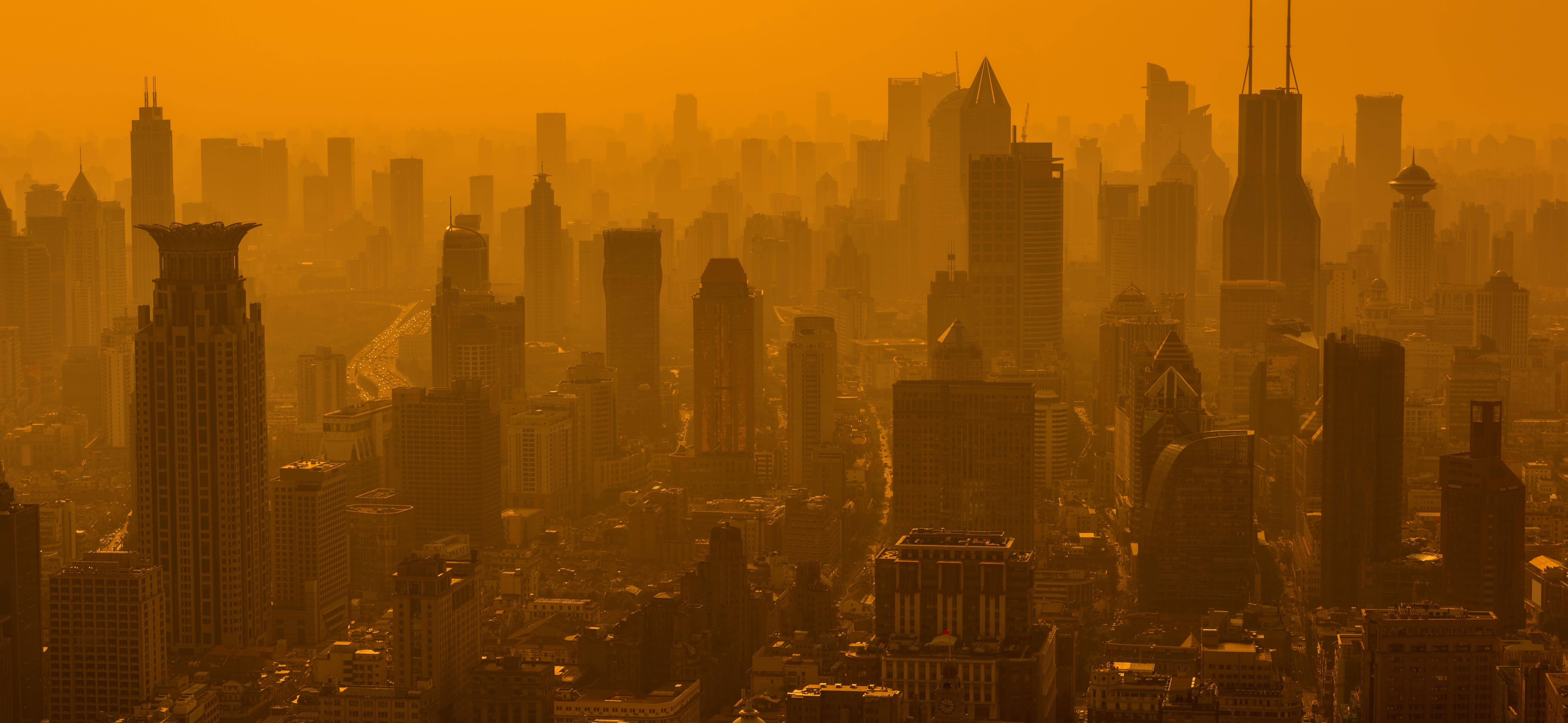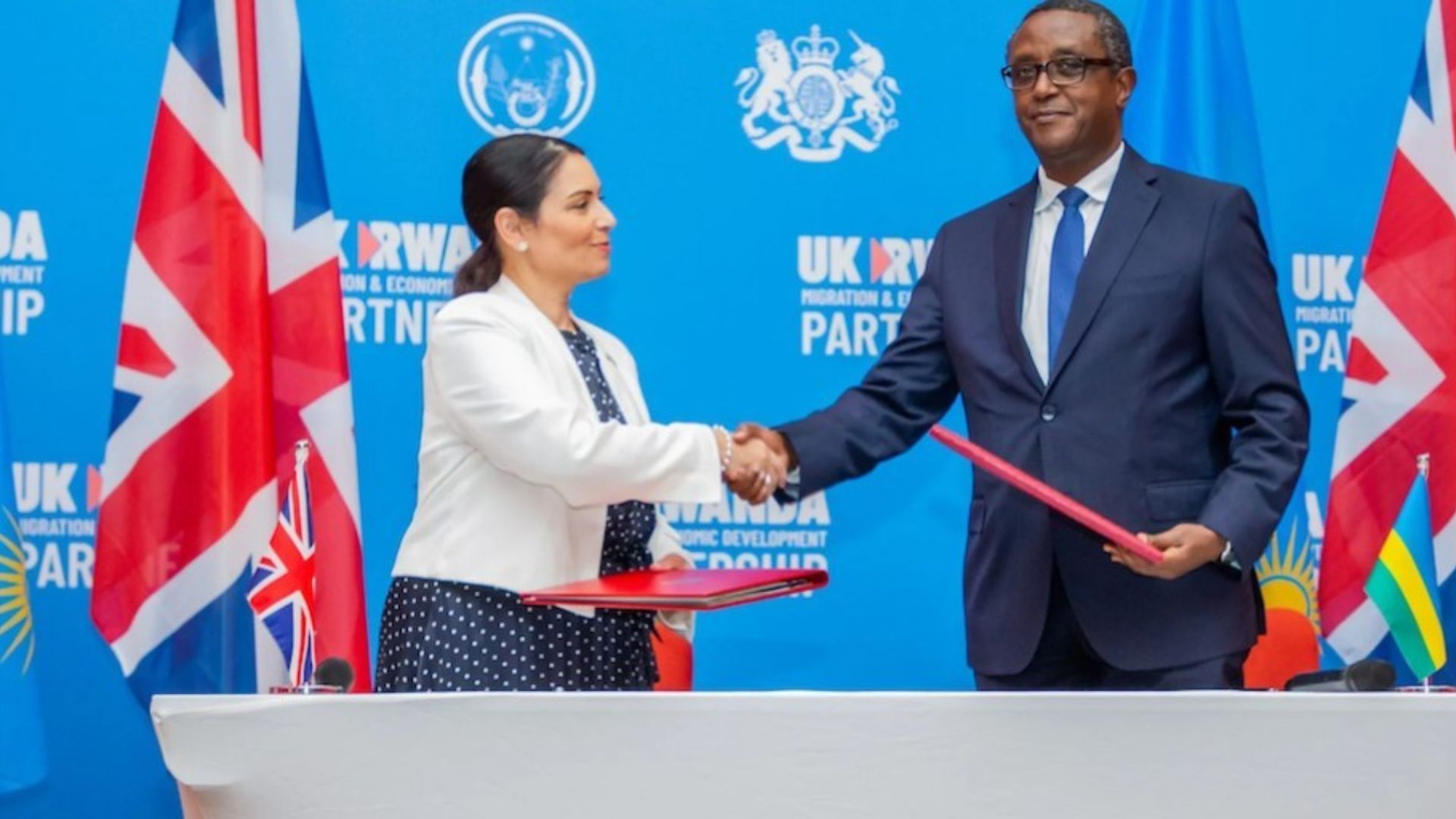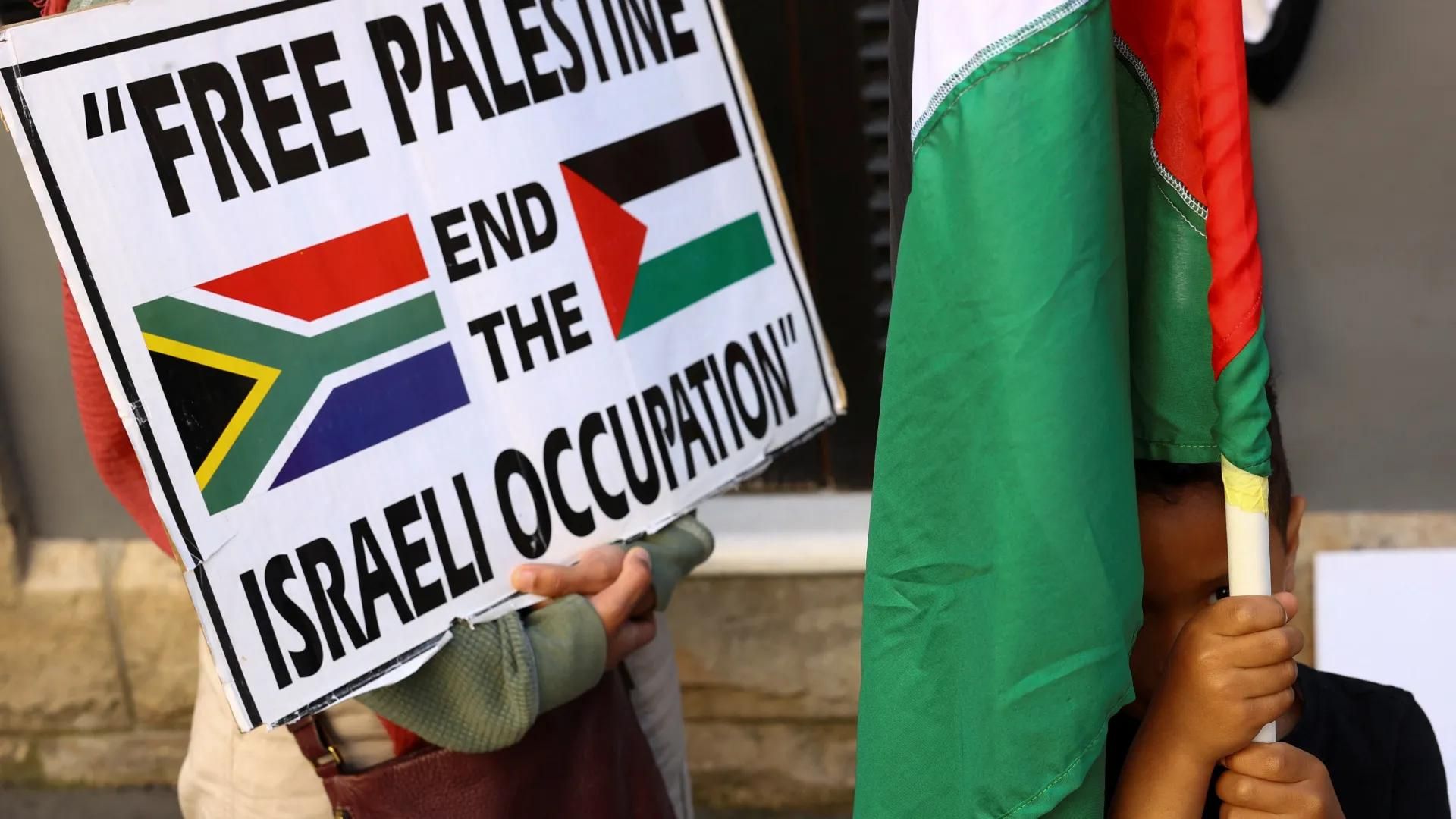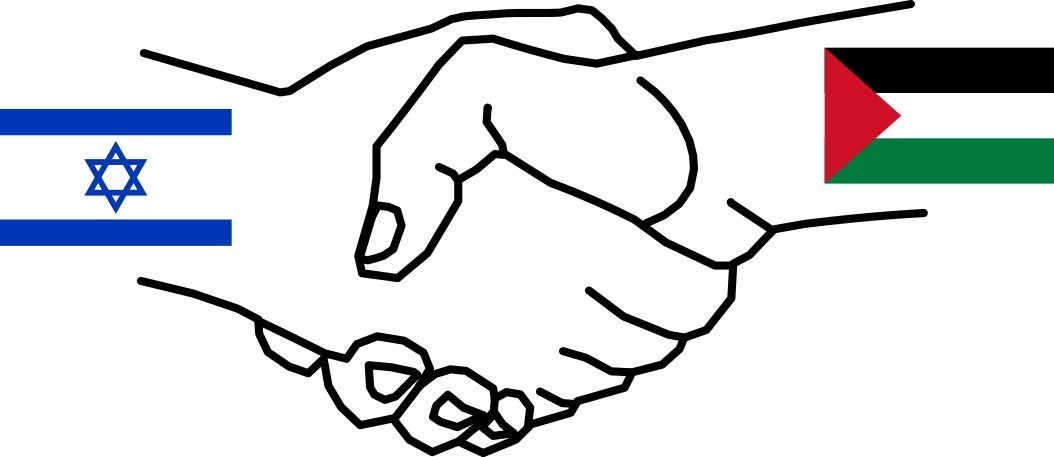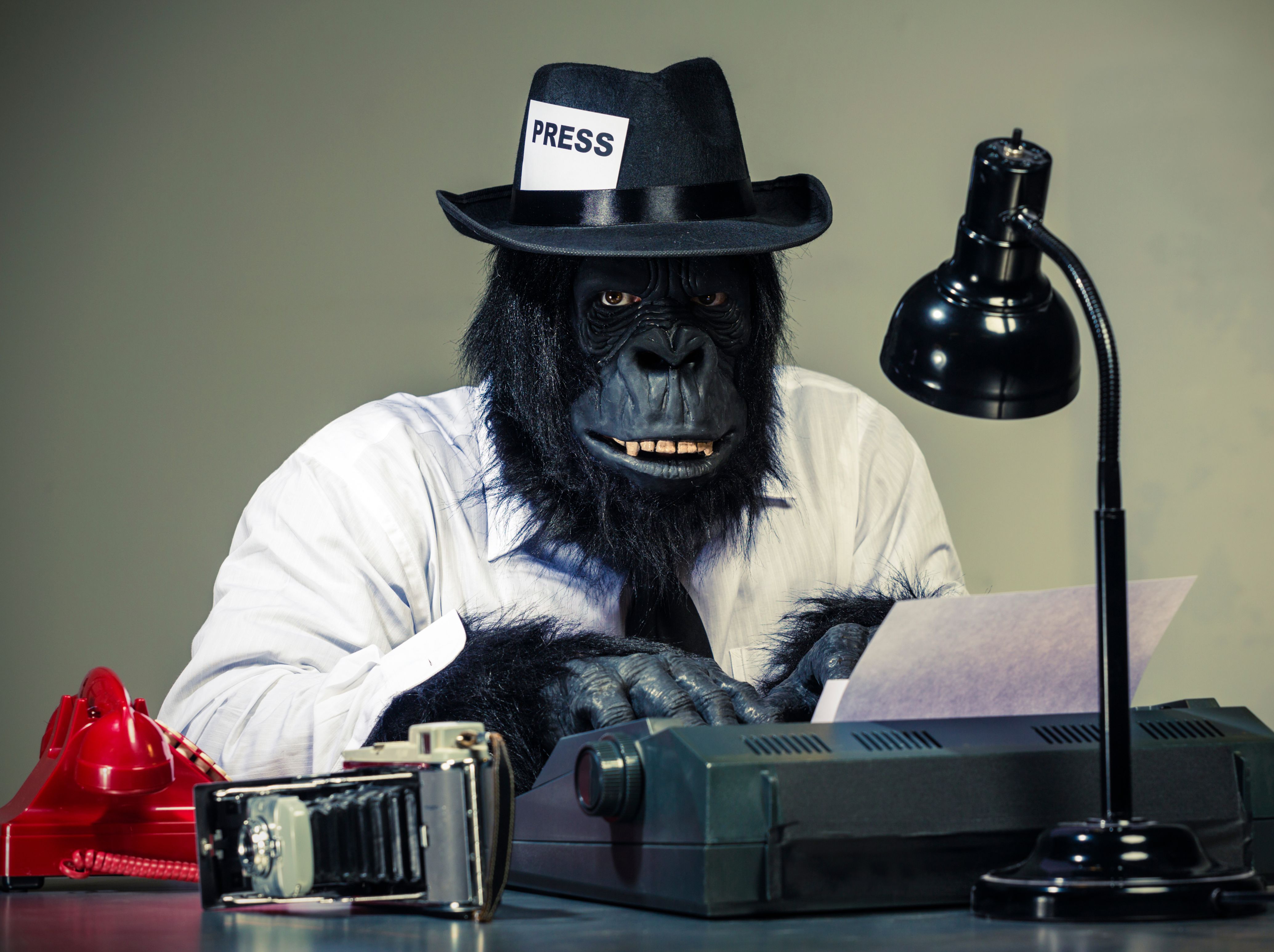The Apartheid Museum located in Johannesburg, South Africa illustrates apartheid and the twentieth century history of South Africa. The Apartheid Museum opened in 2001 and is acknowledged as the pre-eminent museum in the world dealing with twentieth century South Africa, at the heart of which is the apartheid story.
In 1995, the South African government set up a process for the granting of casino licenses, establishing an agency to do this, called the Gambling Board. The bid documents stipulated that bidders should demonstrate how they will attract tourism and grow the economy to stimulate job creation. A consortium, called Akani Egoli (Gold Reef City), put in a bid which included the commitment to building a museum. Their bid was successful, the Gold Reef City Casino was built and an adjacent piece of land given for the construction of a museum.
The cost of the construction of what became known as the Apartheid Museum – is estimated to be in the region of 80 million rand. The museum is registered as a charity (non profit) and it has an independent board of trustees, the chairman of whom is Dr. John Kani. The museum relies on donations, contributions and sponsorships for survival and reinvestment.


The museum has become one of Johannesburg’s leading tourist attractions, an obligatory stop for visitors and residents alike.
“It is appropriate that the first Apartheid Museum in South Africa should open in Johannesburg, where at the turn of the century there was a convergence of people of all races, from around the world, for various different reasons – mostly to do with war and gold.” said Christopher Till, the museum’s director.
Tourists and visitors to the Apartheid Museum are often the opportunity to experience the humiliation and have a glimpse of the racial segregation which occurred during apartheid white rule era, visitors are separated by their racial attributes; they are classified by the width of the nose, the kinks in their hair, skin pigmentation, and the size of their lips.
Johannesburg’s Apartheid Museum, assembled by a multidisciplinary team of architects, curators, film-makers, historians and designers, takes the visitor on a powerful emotional journey into South Africa’s past, bringing to life the story of a state-sanctioned system based solely on racial discrimination.
The Museum occupies approximately 6 000 square metres on a seven-hectare site which consists of natural recreated veld and indigenous bush habitat containing a lake and paths, alongside its stark but stunning building. “The synergy between the natural element and the building finish of plaster, concrete, red brick, rusted and galvanised steel, creates a harmonious relationship between the structure and the environment,” said John Kani, a famous South African actor and the chairman of the museum’s independent board of trustees.
A multi-disciplinary team of curators, filmmakers, historians, museologists and designers was assembled to develop the museum’s exhibits, which set out to animate the apartheid story using blown-up photographs, artefacts, newspaper clippings, and some extraordinary film footage, to graphically animate the apartheid story..


Architecture
An architectural consortium consisting of five leading architectural teams was assembled to design the Museum. “The building is a triumph of design, space and landscape fused into creating a building of international significance,” Kani said. “The response so far to the Museum has been enormously encouraging. One of the people involved in the Holocaust Museum in Washington has seen our Museum, and responded by saying we have achieved something special here.” Till said.
After a few hours at the Apartheid Museum, it is said to have a feel that you were in South Africa’s townships in the 1970s and ’80s, dodging police bullets or teargas canisters, marching and “toyi-toyiing” with thousands of school children, or carrying the body of a “comrade” into a nearby house.
Let’s take a glimpse:
- A large yellow-and-blue police armoured vehicle, nicknamed a ‘casspir’, in which you can sit and watch footage taken from inside the vehicle driving through the townships.
- Dangling from the roof, 121 nooses representing the political prisoners hanged during apartheid.
- A June 16, 1976 room with a curved wall of monitors showing footage of that day from around the world.
- A cage full of weapons that were used by the security forces to enforce apartheid.
- Footage of a remarkable 1961 BBC interview with Nelson Mandela when he was in hiding from the authorities, as well as footage of Prime Minister Hendrik Verwoerd addressing a crowd in English, explaining how the country could be happily ruled only when its races were separated.
- The capture site is located separately between Nottingham Road and Howick in KwaZulu-Natal. It was instituted in 2012, to mark the fiftieth anniversary of Mandela’s arrest, a sculpture was erected in the landscape near Howick in KwaZulu-Natal, where Mandela was captured in 1962. The sculpture by artist Marco Cianfanelli consists of 50 steel poles between six (6) metres and 10 metres high. At a certain point, the 50 linear vertical steel columns line up, magically recreating an image of Nelson Mandela’s face. As you walk closer towards and through the sculpture, the image dissolves back into the forest of 50 poles, and eloquently becomes part of the surrounding landscape.
Entrance tickets
Tickets for the Museum are plastic credit-card size cards indicating either ‘Non-white’ or ‘White’ and with one in your hand, you know you have begun a harrowing journey. As you swing through the turnstile on your historical journey from the early peoples of South Africa to the birth of democracy in the country, tall cages greet you, and inside the cages are blown-up copies of the racially-tagged identity cards, identity books and the hated pass books.
The screens and the sound and the powerful images that is being projected is said to be sometimes overwhelming. The museum leads her tourist through room after room in a zigzag of shapes, some with tall roofs, some dark and gloomy, some looking through to other images behind bars or cages that evokes not only the immorality but evil of apartheid.
The multimedia displays are not static – visitors can interact by adding their contributions. There are blown-up monolith figures in transparent cases of the descendants of the first people who came to the Witwatersrand, with their artefacts in cabinets on the wall beside them – tourists can leave their historical artefacts and have their photograph put in one of these cases.


There is also a recording studio in which tourists can leave their experiences under apartheid, if they had any, for others to hear. One can also express solidarity with the victims of apartheid by placing your own pebble on a pile. Tourist then walk out into a grassland with paths which take them to a small lake which serves as a reflective space for most tourists.
The children are also not left out as there is an avenue for them to have an interactive and age-appropriate educational experience.
“The overriding message is to show local and international visitors the perilous results of racial prejudice and how this in the case of South Africa, nearly destroyed the country and in so doing destroyed people’s lives and caused enormous suffering,” Kani said.


“It is not only important to tell the apartheid story, but it is also important to show the world how we have overcome apartheid. There certainly is a lesson for other countries, and this will be related through the complexity and sheer power of the installations,” explained by the Museum’s Director, Christopher Till.

